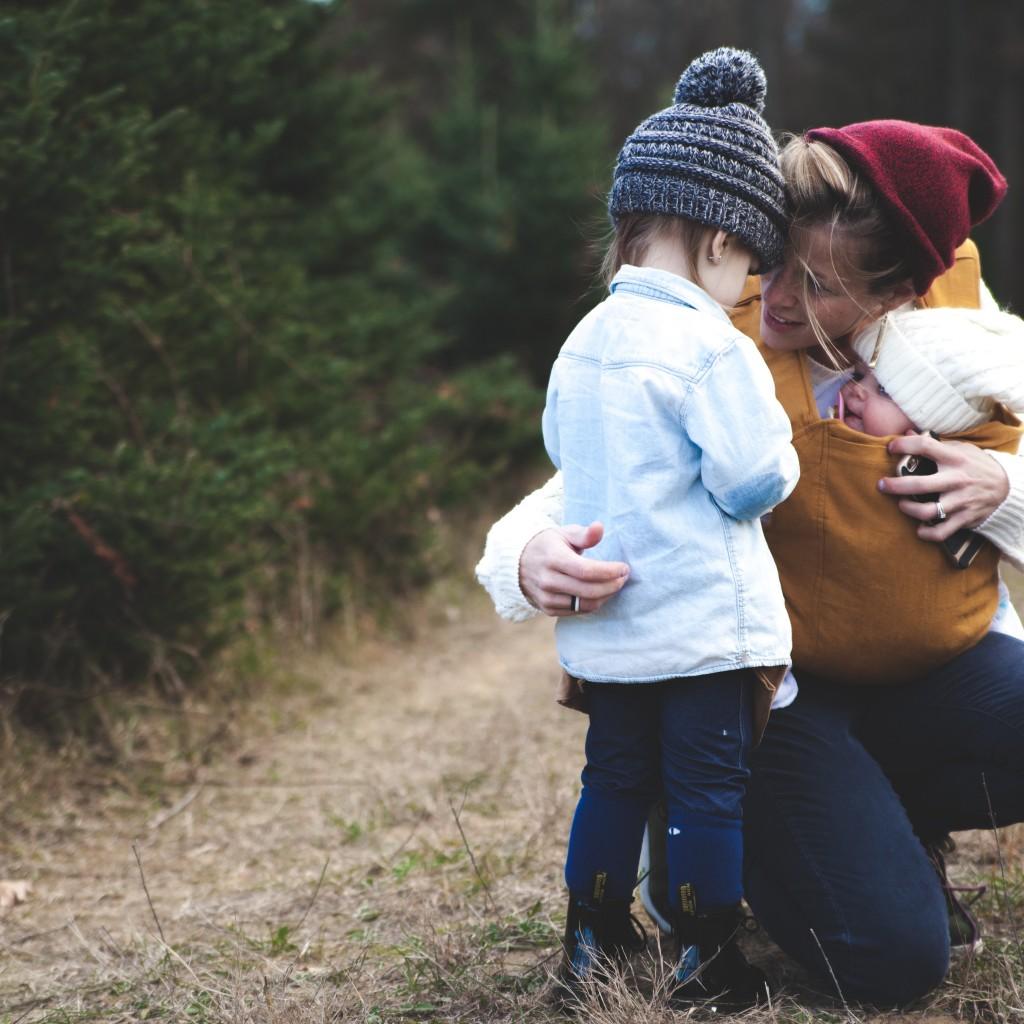
We believe as parents, if we explained better or if our children listened better, so many problems may never start. And as adults, we place an incredible amount of importance on eye contact as proof that a message was received well.
But there is a problem, of course. Eye contact does not equal understanding.
If you were to look at small children playing, it is common for young girls, say ages 3-5, to be interested in games where they are mimicking the social environment they witness. They play house. They tend to babies. They set up picnics, and they arrange dolls as audiences, for instance. For these young children, they already have the key element of adult female relationships – conversation and tending. The play is centered around talking about what they are going to do as much as doing it.
If you look at the same ages of young boys, the need to narrate their behavior is not as pronounced. Also, as a group, they will be more focused on the activity itself.
In a group of young girls, they make eye contact frequently, check in often with each other’s facial expressions and body language, and react not just by what others in the group say, but how they say it.
In a group of young boys, playing is considered a success when activity occurs, regardless of if there is conversation or not.
And there is a reason this tends to happen, and its name is estrogen.
Estrogen is still being researched, but we have an understanding that it helps to let brain neurons “talk” to each other, enabling them to rapidly mediate social interactions.
The full language the young girls are learning includes body language, social cues, as well as dialogue. Seeing the conversation unfold is valuable. So eye contact has become embedded with the belief that to listen well, one must have eyes locking with another’s eyes.
But it is not true. The nature of play for young boys who are not experiencing as much estrogen in their bodies is that of play rooted in action. Play as doing. A conversation may be necessary to start or clarify at some point. However, the physical closeness is more important than the narration.
It can be overwhelming, and it can be distracting. Performing eye contact for the social interactions adults have come to expect from other adults is also still being learned by young children.
If you are struggling with helping your children understand the social cues of eye contact, or you are feeling your child’s lack of eye contact means they are unengaged with you, their friends, or the general public during outings, you can start by having a few conversations to help them learn the social rules, and appropriate alternatives:
- When we look at each other when we’re talking, we are saying with our bodies we are important to each other.
- When I see your eyes look at me when I’m talking, it makes me feel appreciated and heard, and I want you to have the opportunity to feel the same way.
- When we look at each other, we can make sure there are no misunderstandings.
- If you aren’t able to look at me when we’re talking, I need you to use more words to let me know you heard what I said.
- If we are not looking at each other when we are talking, we can show that we heard each other by telling a little bit of the story back to the person who said it, or we can ask questions about parts we don’t understand or want more information about.
